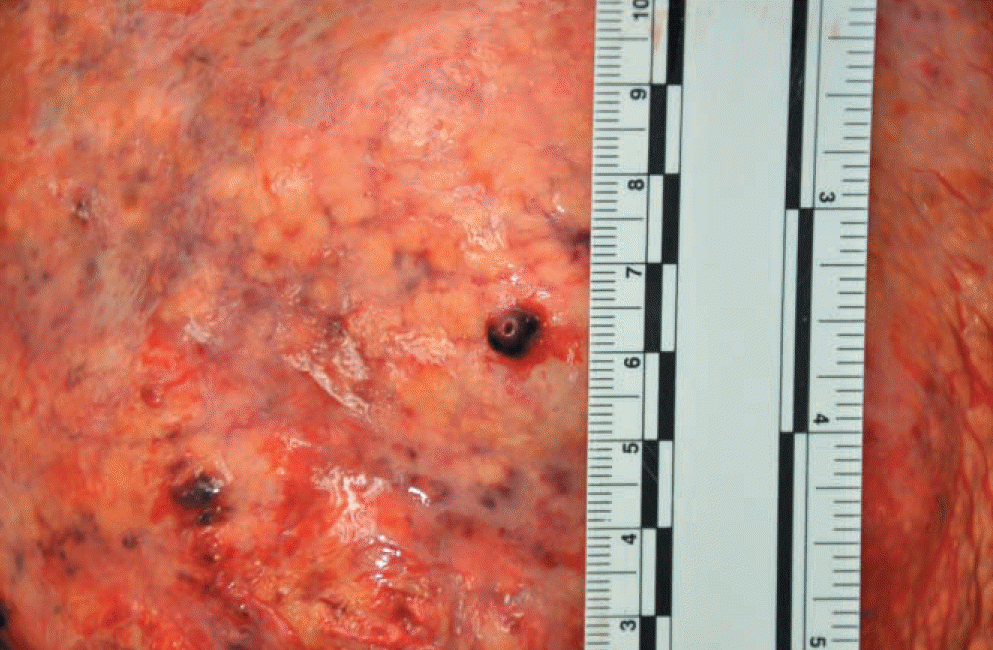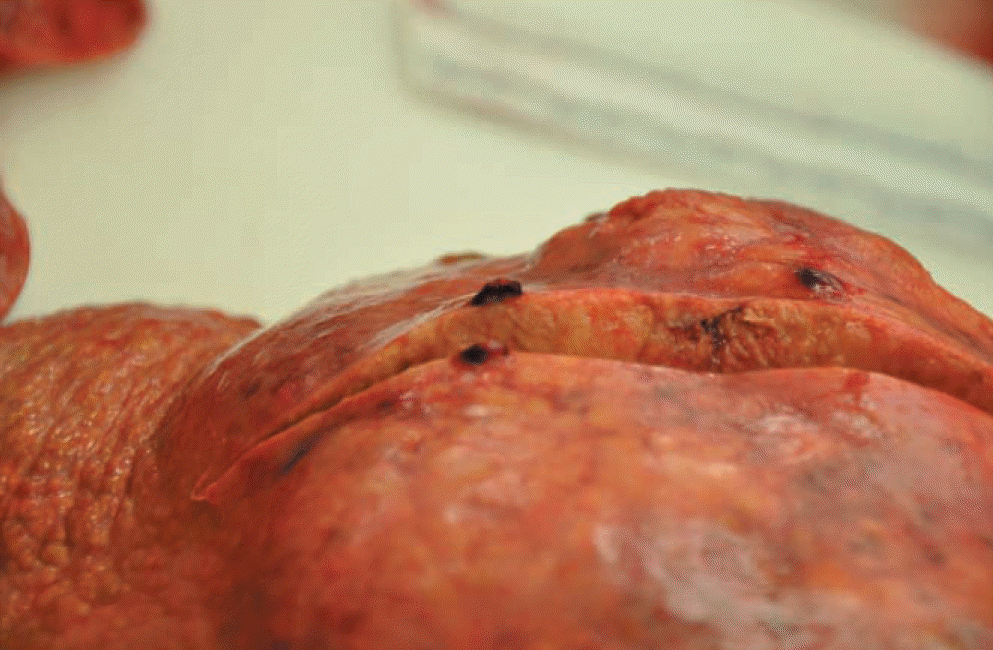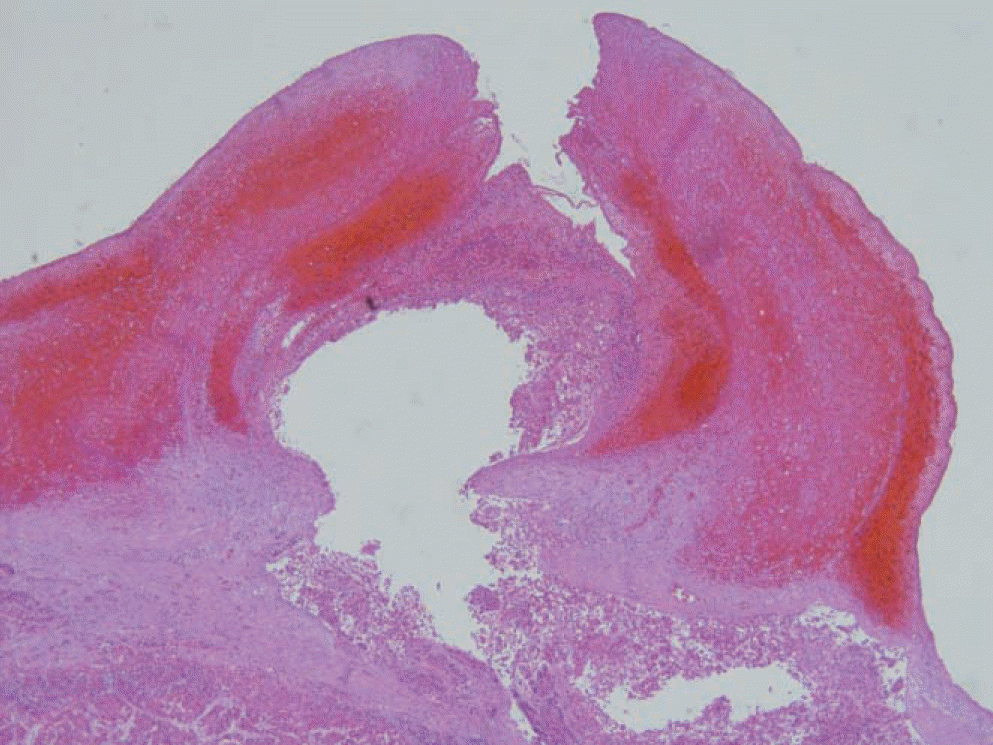Abstract
Hepatocellular carcinoma (HCC) is one of the leading causes of death in Korea. Chronic hepatitis, alcoholic liver disease and liver cirrhosis are predisposing factor of HCC. Bleeding tendency and hemorrhage resulting from reduced production of coagulation factors or portal hypertension are not uncommon in HCC, moreover spontaneous hemoperitoneum also can occur. Spontaneous hemoperitoneum is a complication of HCC, that is caused by the rupture of HCC mass which abuts on the hepatic capsule. However hemoperitoneum also occurs due to the rupture of vasculature of the mass. Emergency laparotomy is the recommended treatment, however these patients exhibit poor prognosis because of hemodynamic instability followed by combined liver disease. Herein, we report a case of spontaneous hemoperitoneum due to the rupture of subcapsular vessels with invasion of HCC in a 39-years-old man, whose tumor was left undetected.
REFERENCES
1. Park KK, Yang SI, Yoon MH. One stage resection of spontaneous rupture of hepatocellular carcinoma in the triangular ligament with diaphragm invasion: case report and review of the literature. World J Emerg Surg. 2012; 7:30.

2. Rossetto A, Adani GL, Risaliti A, et al. Combined approach for spontaneous rupture of hepatocellular carcinoma. World J Hepatol. 2010; 2:49–51.

3. Vivarelli M, Cavallari A, Bellusci R, et al. Ruptured hepatocellular carcinoma: an important cause of spontaneous haemoperitoneum in Italy. Eur J Surg. 1995; 161:881–6.
4. Singh RK, Kumar S, Sinha SK, et al. Hemoperitoneum as a first manifestation of HCC with bleeding from ruptured aberrant vessel: a case report. Trop Gastroenterol. 2006; 27:48–9.




 PDF
PDF ePub
ePub Citation
Citation Print
Print






 XML Download
XML Download